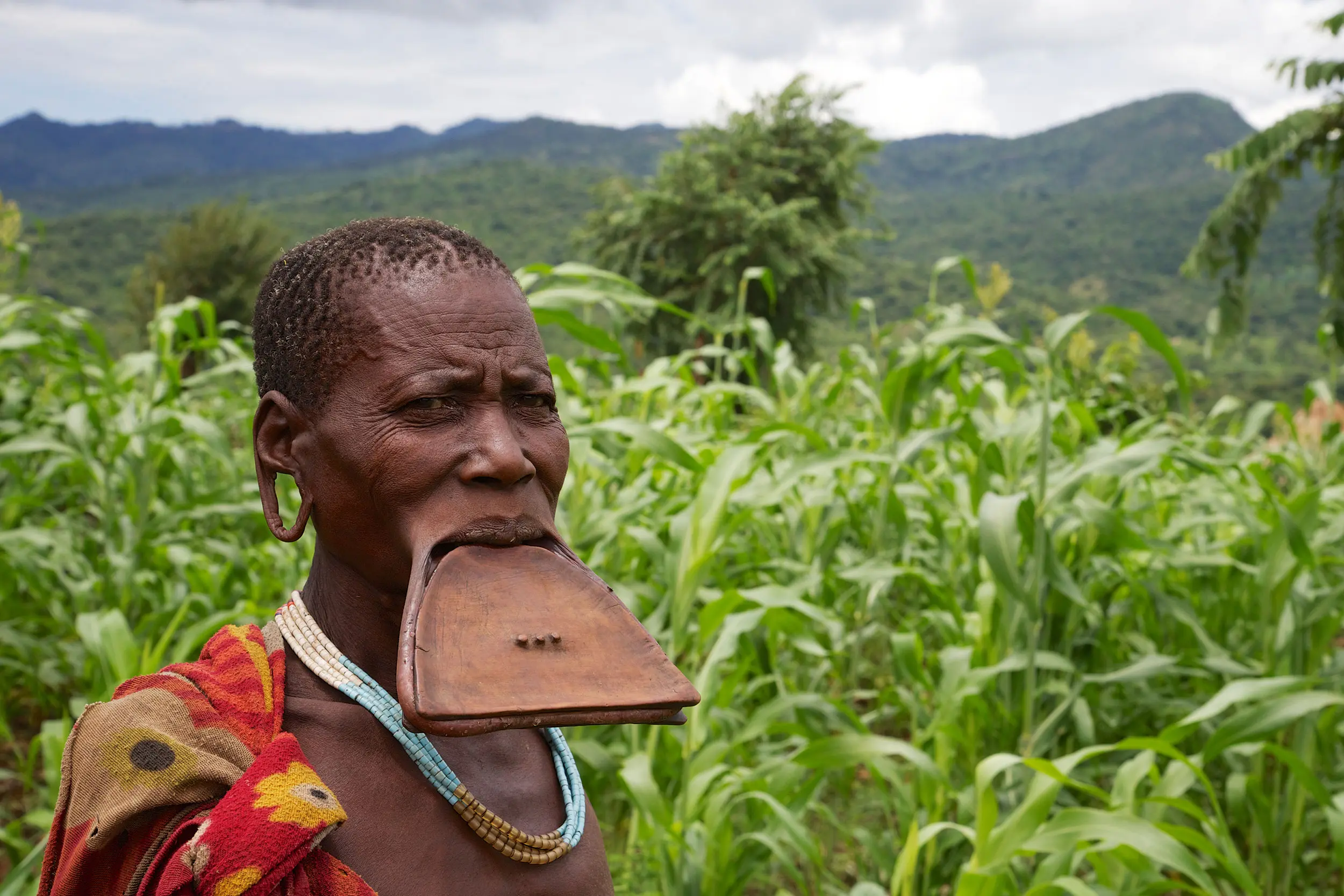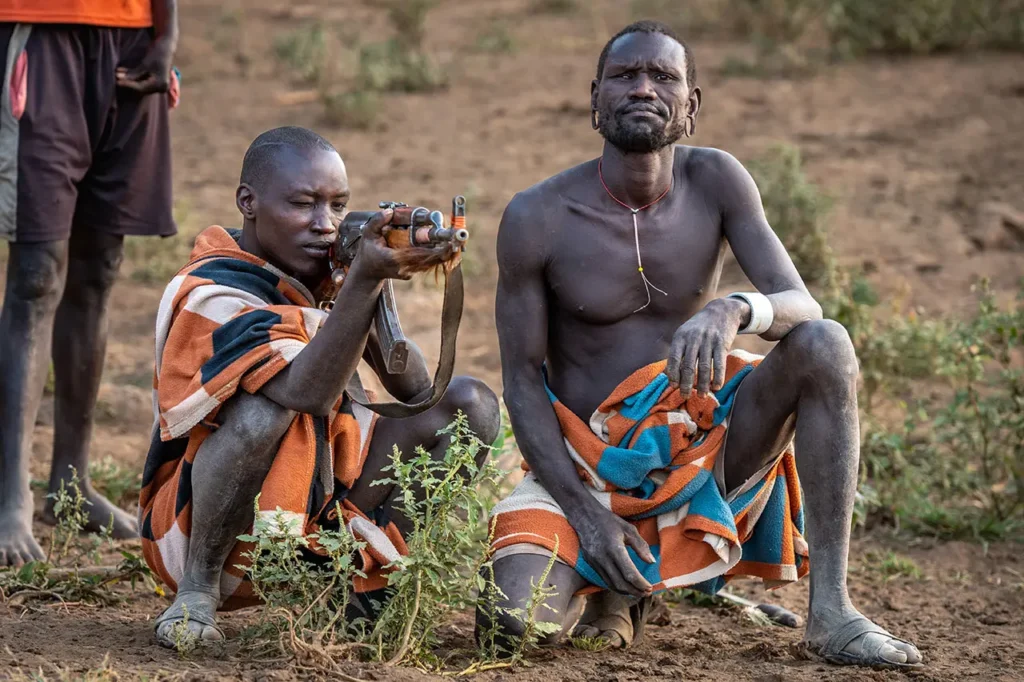- Ethiopia
The enchantment of an exquisite world
Scroll Down
By Warren Pearson
The enchantment of an exquisite world
When you say Ethiopia, most people think of a place ravaged by drought, famine and civil war. To reduce the country to these singular dimensions however would be a mistake. A recent visit to the southern part of the country revealed lush land, with tropical forests, fertile valleys, terraced hillsides and rugged peaks overlooking sparkling lakes and gorges. Alongside its natural beauty and endemic wildlife, this is a country with an ancient heritage and a rich and vibrant culture that life’s hardships cannot crush.
We explored the remote tribes of the Omo Valley and then travelled 500 km northeast to the Bale Mountains, the last remaining extent of Afroalpine plateau in Ethiopia. This is where the world’s most endangered canid is found– the Ethiopian wolf!

This was a trip of extremes. Not just in temperature and altitude, but in experiences.
It was a trip of understanding what makes us human and that all it takes is a smile, a handshake and sometimes a camera phone to connect and experience a world very few people will ever have the chance of experiencing. Lastly, it was about experiencing nature in its wildest forms.
This is not a destination if you crave white fluffy towels, air conditioned rooms, a fancy wine list or any other tangible luxury. Saying that, it was a very comfortable trip. The best part was that we did not encounter any other tourists, as we were able to travel to areas that not many others have access to. We stayed in our own private camps in both destinations, the Omo Valley and the Bale Mountains.
Lale’s Camp sits on the shaded banks of the Omo River. This is the perfect location to explore the cultural melting pot of the Omo Valley.
We were so remote that most of the tribes around here have never seen a tourist before. On our first morning we woke early and joined a Hamar family for their morning coffee, made from the husks of coffee beans. Sitting inside their home, we shared a gourd, communicating primarily by sign language. In the afternoon we navigated 65 km upstream. Our aim was to find and spend time with the Mursi, the tribe whose women wear lip plates to signify their beauty. It was also to discover the riverine and aquatic denizens, of which we found countless – Egyptian plover, Pel’s fishing owl, de Brazza’s monkey, Guereza colobus and many, many crocodiles. We took a fly camp set-up with us and spent an incredible evening camped on the edge of the Omo River. The following morning, we spent time with the Mursi, getting to understand their way of life. We carried on a short way further upstream to see if we could find some larger wildlife, but it was not to be, so we turned around and headed back to Lale’s Camp. On our return we were told that the Karo village close to camp was having their weekly celebration, their version of a social gathering or party, but here the Karo take dressing up to another level. Watching this celebration and spending time with both the Mursi and Hamar at times felt like I had travelled back a thousand years to an Africa that no one had ever dreamed of.
The second half of our trip took us across the rift valley to a globally recognized biodiversity hotspot, Bale Mountains National Park. This Afroalpine habitat is the largest on the continent and harbours more endemic mammals than any similar sized area on the planet. Here we had our own private mobile camp set up for us and our main reason for being here was to find Ethiopian wolves. This didn’t take long at all as while we were enjoying an early morning cup of coffee around the fire, we heard them vocalising….and they were close. We jumped into the vehicles and within no time at all had found a pack of seven wolves. We stayed as long as we could with them before they all went off to forage on their own. Trying to stay with them now was impossible, so we decided to let them go and we walked back to camp. On the way back the endemic species continued: mountain nyala, blue-winged goose, Abyssinian catbird, spot-breasted plover, Menelik’s bushbuck and giant molerat. We spent a further two days exploring the area around our camp and found the wolves on two more occasions, the highlight of which was when one of the wolves decided to have a rest and lie down just 50 yards from our tents!

 No products in the cart.
No products in the cart.